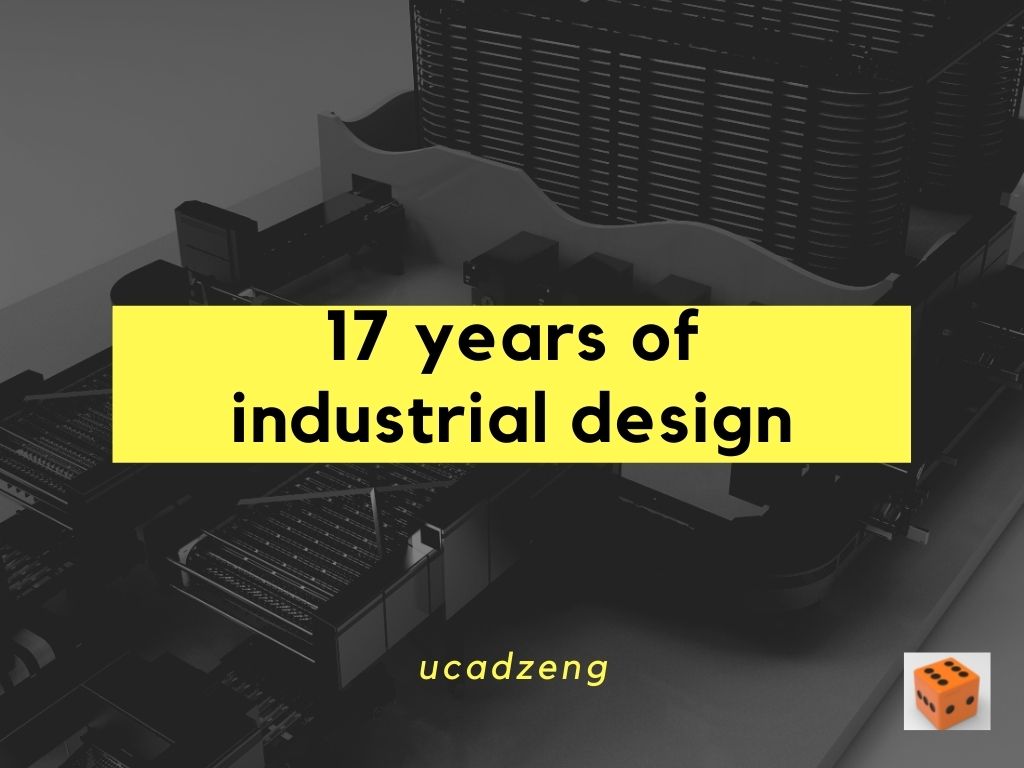
دانش مدیریت پروژه در مدیریت مهندسی
Engineering Management
project manager
What is project management?
You and your team are preparing to conquer a big project. It’s like a long stack of dominoes – great when it works, but disappointing if one piece is even slightly out of place.
These types of projects can be daunting and exciting, and you may be tempted to get started as soon as possible. Do you wish on your fingers that everything will magically fall into place? Light a candle and hope that the wish-fulfilling genie comes to lend a helping hand?
That would be nice (let us know if you find a way to make them work). But, in fact, the secret to the success of your big and thick projects is effective project management
Why is project management important?
Project management is the coordination of processes, tools, team members, and skills to deliver projects that meet goals and requirements.
Successful projects do not just fall from the sky. In fact, most organizations have estimated a 70% project failure rate – meaning that projects do not meet their original objectives.
Project management increases your success rate. This enables your team to complete projects by aligning them towards clear goals and increasing transparency and visibility, simplifying communication and establishing project scope.
No wonder a pwc study found that 97% of organizations believe project management is critical to business performance.
Benefits of project management
But what makes project management worth the extra time and effort? Dealing with this strategic and methodical approach has many benefits, including:
۱. Eliminates confusion
When you jump straight into your project without any prior discussion or planning, things quickly fall apart. People are not sure who is doing what, there is miscommunication about the project timeline, and everyone is confused about the purpose of the project.
If this sounds familiar, you’re not alone. A survey conducted by Geneva found that only 55% of respondents thought that the business objectives of their project were clear to them.
This causes frustration and also wastes a lot of resources. We have all been in situations where we need to revise or redo our tasks after gaining more information or better understanding.
Fortunately, project management equips your team with clear goals and advanced systems to complete the work. This makes it much easier for everyone to be on the same page with consistent collaboration and without the need to revise the project.
۲. Manages scope and budget
Project overruns are terribly common. In the IT industry alone, McKinsey found that, on average, large IT projects run 45% over budget and 7% over time.
Yes, this type of excess will increase your budget and bandwidth as much as possible. Fortunately, effective project management helps create more flexibility.
The first steps of the project management process (initiation and planning) require that you map out actual budgets, schedules, and scope before any project work begins. This will help you create a project plan that is rooted in reality.
Project management challenges
Dealing with this strategic and methodical approach has many benefits, including:
۱. Invest more time
Your team is enthusiastic, and they’re used to jumping in and hitting the ground running quickly. Project management adds a layer that takes up more time
That’s because the project management process has multiple steps (which we’ll get to shortly), several steps happen before your team can sink their teeth into the real work.
This can be an adjustment for a team that is used to figuring things out as they go along.
Remind your team that while project management requires more work than it used to, it’s a lot of time and headaches in the long run.
۲. Stricter expectations
Project management means you have clearly defined goals, timelines, roles, and more.
This increases accountability, which is ultimately a good thing (especially when you consider that 94% of employees say they can’t hold their colleagues accountable).
However, having these kinds of fixed expectations can also be somewhat limiting and difficult. Creative teams are particularly unaccustomed to working within these types of constraints and may find it difficult to adjust to them
Project management methods
Have you heard the old adage “there’s more than one way to cook eggs”? There is no single strategy to complete the project and hit it. This is where project management methodology comes into play. It is a set of rules, principles and processes for managing a project.
Take tying your shoes as a simple example. Maybe you use the one loop method or are more adept at the rabbit ear trick. Regardless, you will eventually tie the shoelaces, but there are several steps you can take to achieve the end result.
Project management methods are very similar. It is important to note that many teams and companies use a combination rather than a singular reliance. The methods may seem formal, and you have room for innovation here!
Waterfall project management
When you think of traditional, sequential project management, you picture waterfall project management. Using this method, you divide your project into different stages. When one phase ends, the next phase begins – there is no overlap between them.
When to use this method: It is used for long projects that require a single timetable and a very sequential order.
which is usually used in construction. Building a house or structure requires continuous discipline. For example, you cannot lay a roof before pouring the foundation
Agile project management
Agile project management is an iterative approach and is much more flexible than waterfall project management. It’s a DevOps best practice that breaks projects into chunks that are addressed in short bursts (called sprints). So at both speeds, your team will reevaluate what you’re doing to make the necessary changes and make sure you’re on target.
When to use this method: for projects that are not yet well defined and require a lot of adaptation.
which is usually used in software development. The profession pioneered agile, and this approach allows developers to build higher quality software because they are able to test and review at regular intervals.
Lean project management
If you’ve heard of lean manufacturing, the same principles apply to lean project management. The purpose of this method is to increase production and value while reducing waste. To use it, you need to draw a value stream, which is the sequence of project activities. Then, you run a magnifying glass over that flow to identify and eliminate tasks that don’t add value. This means that your project process will be as simple, optimized and efficient as possible.
Time of use: For projects that must be delivered quickly
Which is typically used when: When you produce physical goods, you want to minimize waste as much as possible and maximize profit. For this reason, this approach is common in manufacturing, especially in the automotive industry.
Project management steps
Imagine starting a project from scratch. Project management doesn’t only come in handy when you’re actually checking things out, in which case you need to do the groundwork first.
With this in mind, the Project Management Institute (PMI) developed five distinct phases of project management.
Step 1: Start
Do you think the first step in the project management process is planning? not completely. Before you can strategize your project, you need to understand it on a broader level. At this stage, you must answer the following questions:
What is the business case for this project?
Is it possible to do this project?
Should we follow this project?
Simply put, at this stage you are trying to decide if the project is worth doing even before investing too much.
Second stage: planning
If you decide to move forward, the next step is to enter the planning phase. This is where you step in and create a detailed project plan that your entire team will follow. The questions that must be answered at this stage are:
What is the purpose of this project?
What are key performance indicators (KPI)?
What is its range?
How much is the budget?
What are the risks?
What team members are involved?
What duties are involved?
What milestones must be met?
This step is to ensure that you and your team have shared expectations before you begin. If you think you are too caught up in the details, you are not. Digging deeper than that is worth it, as it will bring your team together
Step 3: Implementation
Grab your coffee and get your power cord, because it’s time to get to work. This is where you and your team roll up your sleeves and start conquering project tasks with your project plan as your guide. At this point, you need:
Allocate the necessary resources
Make sure people are doing their jobs
Host status meetings
Setting up tracking systems
The bulk of the work happens in this step, and it’s also where you start to see your project.
See? All this planning was worth it
Step 4: Monitoring
Just because you have a project plan doesn’t mean everything will automatically go smoothly. It’s like setting a budget for yourself – having a budget does nothing if you’re not careful about how you manage your money.
That’s why you need to monitor the progress of the project to make sure everything is on track. You should evaluate your project against the KPIs you created during the planning phase.
What should you do if you feel that your project has gone off track or fallen prey? Take a moment to reevaluate. You can decide if you need to rearrange things or if your original plan needs to change. This is an important point about monitoring – you need to have regular checkpoints to correct the course.
Step #5: Closing
The final step is about twisting the loose end of the shoelace. This includes:
Host a post-mortem or retrospective to evaluate the project
Preparing the final report of the project
Collect and store required project documentation in a secure location (by the way, a shared documentation space like Confluence is great for this).
Not only does this give your team a chance to officially wash their hands of the project, but it also makes it easier to refer back to when necessary.
 Project management best practices
Project management best practices
Even if you follow all the steps above, effective project management is not a set-it-and-forget scenario. There are a few other practices you’ll want to implement to make your project run as smoothly as possible.
Host a project kickoff meeting
Your project kick-off meeting is when you set goals, break down your timeline, and generally get everyone on the same page about your project.
Regardless of how excited your team is to get started, don’t leave this situation out. You proactively remove confusion and rally your team around a common goal.
Be careful with task and resource dependencies
Your project tasks don’t happen in a vacuum, so it’s important to account for these dependencies. PMI’s Pulse of the Profession 2018 showed that resource dependence contributed to 26% of project failures and task dependence contributed to 12% of project failures.
When all your tasks and resources are connected, you need to understand how to link them, otherwise you risk watching the terrible moment when all your dominoes are falling.
Determine your critical path
Identifying your critical path is a great way to avoid exceeding your schedule. While it may sound like something out of an action movie, your critical path is the longest string of project-related activities. If you encounter any problems or delays along the way, you know that the entire project is in danger of being lost
Finding the critical path lets you know where you have wiggle room in your schedule and where you need to stay as close to your schedule as possible.
hourglass
Be realistic with your timeline
Have you heard of the planning fallacy? This is a phenomenon that causes us to seriously underestimate the time to complete our tasks and can harm your project schedule.
Check yourself by revisiting the timeline of previous projects. Consult your time tracking software (if you have one) to see how long routine tasks take and ask your team to review their schedules.
Use project management software
If your team members need to search through endless threads or email folders to find what they need, your project will definitely fall behind.
For this reason, it is useful to use project management software (such as Jira) to store documents and organize the project in a knowledge management software (such as Confluence). This increases visibility into all project phases and tasks, centralizes communication, and gives your project team a single source of truth.
Define specific roles and responsibilities
Gallup research found that only about half of employees strongly agree that they know what is expected of them at work.
To get the best out of your team, people need to know exactly why they are involved. What is their role and what contribution is expected?
Not only does this instill a sense of purpose and accountability in your project team members, it also prevents them from stepping on each other’s toes and allows you to play to everyone’s strengths.
Make the project a collaborative process
Managing a project can be stressful and you don’t have to do it alone. Your team will have great insight into your project, including if your timeline is realistic or if you haven’t forgotten dependencies. And remember, you brought them on this project because you know they’re brilliant and you trust their expertise.
Don’t plan projects separately. Get your team involved in planning more logically and strengthen your sense of ownership over the project.
Roles and responsibilities of project management
The possible roles of the project are:
Project Manager: The person who oversees the entire project and is responsible for the success of the project.
Project sponsor: Senior manager who supports the project and works closely with the project manager.
Team Member: People who actively work on project tasks.
Supplier: People who provide goods or services for a project.
Stakeholder: People who are interested in the project. These can be divided into the following:
Key stakeholders: The people who actually do the work and are actively involved in the project.
Secondary stakeholders: People who may come to the meetings and play a small role, but are not the main decision makers of the project.
Interested stakeholders: People who are involved in the project but do not have an active role or have a large influence


۱۶ comments